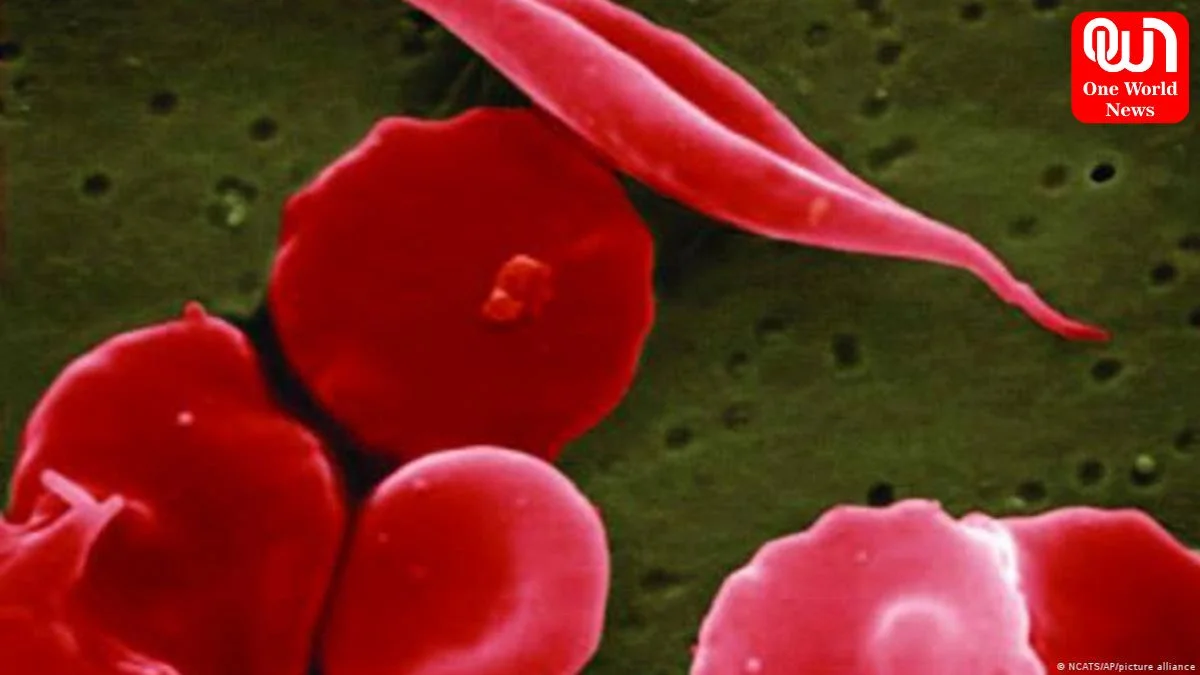A Milestone in Medicine: US Approves CRISPR Gene-Editing for Sickle Cell Disease
Revolutionary CRISPR Therapy Receives FDA Approval
In a groundbreaking development, the U.S. Food and Drug Administration (FDA) has given the green light to the first-ever CRISPR treatment for sickle cell disease. The newly approved treatment, named exa-cel and jointly developed by Vertex and CRISPR Therapeutics, marks a significant stride in the application of CRISPR gene-editing technology for medical purposes. This regulatory approval comes on the heels of the UK’s approval of exa-cel for sickle cell disease in November, positioning the U.S. as the second country to endorse a CRISPR therapy.
Unraveling the Potential of Exa-cel: A Promising Cure for Sickle Cell Disease
Exa-cel, the revolutionary CRISPR treatment, focuses on editing a gene, BCL11A, intricately involved in red blood cell shape and function. By deactivating this gene using the Cas9 enzyme, the therapy triggers the production of fetal hemoglobin, resulting in red blood cells with a normal round shape. Initial trials have shown promising results, with participants experiencing relief from pain for at least one year post-exa-cel transfusions.
Read more: ‘Layering up warm clothes, mild flu infections among major causes of a heart attack in winter
Evaluating Effectiveness and Risks
While exa-cel has shown remarkable efficacy in early trials involving around 100 individuals with sickle cell anemia or beta-thalassemia, uncertainties linger regarding its long-term effects. The therapy, considered curative, is still in the early stages of scrutiny, with participants monitored for less than two years. Concerns about potential side effects and the permanence of the treatment warrant continued observation over an extended period, possibly up to 15 years.
Diverse Approaches in the Fight Against Sickle Cell Disease
In addition to exa-cel, the FDA has also approved another gene therapy for sickle cell disease called lovo-cel, developed by bluebird bio. Lovo-cel employs a viral vector to deliver a functional version of an adult hemoglobin-producing gene, offering an alternative approach to combat this debilitating disease.
We’re now on WhatsApp. Click to join.
Exploring Other Promising Therapies and Considerations
Beyond gene therapies, researchers are investigating the potential of haploidentical transplant as a cure for sickle cell anemia. This technique, already used in certain cancer treatments, replaces a person’s bone marrow cells with those from a genetically identical parent or sibling, showing promising results.
Affordability and Accessibility Challenges
While the potential of CRISPR therapies like exa-cel and lovo-cel is immense, their widespread adoption faces challenges related to affordability. With estimated costs reaching as high as $2 million per patient, the accessibility of these groundbreaking treatments remains uncertain. The decision to pursue CRISPR gene editing or alternative approaches, such as haploidentical transplant, will be a shared one involving patients, their families, and physicians.
Looking Ahead: A First Step in a Decade-Long Journey
Despite the uncertainties and challenges, experts view exa-cel as a promising first step in the marathon of CRISPR therapies. As technology continues to evolve and more insights are gained over the next decade, the potential for improved CRISPR treatments offers hope for a more accessible and effective means of combating sickle cell disease.
Like this post?
Register at One World News to never miss out on videos, celeb interviews, and best reads.









